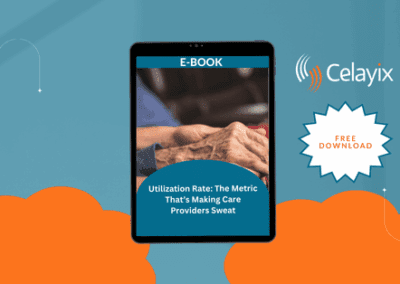The Healthy Workplaces, Healthy Families Act, better known as California paid sick leave, went into effect July 1 and since then, employees have been able to accrue paid sick leave. As ignoring the law can bring about serious consequences for employers, it is worth brushing up on your knowledge, especially now that the act was amended for further clarification. Read on for answers to the most common questions.
Who is eligible for paid sick leave?
Any part-time, temporary, seasonal and per diem employee that works in the state of California for the same employer for at least 30 days within a year accrues sick leave. Note that the location of the workplace is decisive, not the place of business!
How is paid sick leave accrued?
Accrual Method
For each 30 hours that an employee works, she accrues one hour of paid sick leave.
30 hours worked = 1 hour of sick leave accrued
Grant Method
To minimize the need of calculating each employee’s accrued time; employers are allowed to grant their employees a lump sum of a minimum of 3 paid sick days per calendar year, per year of employment, or for the period of 12 months instead.
Grant: 3 days lump sum/calendar year, 12 months of employment
Employers can also use a different basis for employees to accrue sick leave, as long as this method provides employees with 24 hours of accrued sick leave by the 120th calendar day of employment in each calendar year, or each 12-month period.
The most significant difference between the accrual and annual grant option is that the accrual method requires employers to carry over accrued, unused paid sick time, while the annual grant option does not. However, the law permits employers to cap accrual of paid sick leave at 48 hours or six days per year.
When and how can the employee use paid sick leave?
According to the Division of Labor Standards Enforcement, employees must have been employed for 90 days before they can make use of paid sick leave. In addition, the law permits employers to limit use of accrued paid sick leave to 24 hours or three days per year. But there are rules to follow when it comes to calculating.
As an example: An employee that usually works 6 hours per day would use 18 hours of her sick leave if she was sick for three days. As she is entitled to 24 hours, she would still have 6 hours left of paid sick leave. An employee that usually works 10 hour shifts would be entitled to take three days of sick leave, even though this would result in 30 hours of sick leave.
In general, an employee can take paid sick leave for the employee’s or a family member’s preventive care or care of an existing health condition, or for specified purposes, for example if the employee is a victim of domestic violence, sexual assault or stalking.
How are pay rates calculated?
The rate of pay for sick leave is generally calculated based on the employee’s hourly wage, which would be based on the regular rate of pay for the week in which the employee uses sick leave. For employees with alternating hours, you would need to take the amount of total wages, excluding overtime premiums, and divide this by the total hours worked in the full pay periods of the prior 90 days of employment.
Anything else I need to know?
Employers are required to maintain records for three years that document the hours worked and paid sick days accrued and used by employees. Employers are required to make those records available to the Labor Commissioner upon request.
The employer also has to provide employees with written notice of their amount of paid sick leave available, for example on the pay slips, and put up posters with information about the employee’s right to paid sick leave.
Outlook
California is the second state – after Connecticut – to pass a paid sick leave law, which requires virtually all employers of all sizes with employees working in California to grant paid sick leave. Laws such as this appear to be on the rise and, like the minimum wage regulations, primarily bear the benefit of the workforce in mind. It is important to keep yourself up to date on these legislation, as they come with considerable penalties for non-compliance.
For more information on how to streamline the collection and approval of employee scheduling requests contact us today. We’re looking forward to demonstrate how simple this process is with our software. | Get in Touch!



